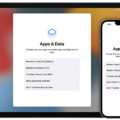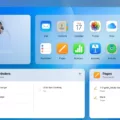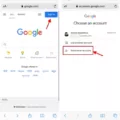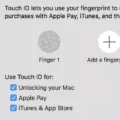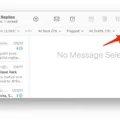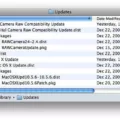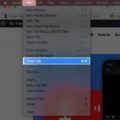Deauthorizing iCloud on your Mac is a simple process that allows you to remove your iCloud account from the device. Whether you want to switch to a different iCloud account or no longer wish to use iCloud on your Mac, deauthorizing is the way to go. In this article, we will guide you through the steps to deauthorize iCloud on your Mac.
First, let’s start by signing out of iCloud on your Mac. To do this, click on the Apple menu located in the top-left corner of your screen. From the drop-down menu, select “System Preferences.” In the System Preferences window, click on “Apple ID” or “iCloud” (depending on your macOS version).
A new window will appear, displaying your iCloud settings. Look for the “Sign Out” button and click on it. You will be prompted to confirm your action. If you have any data stored locally on your Mac that you want to keep, make sure to select the option to keep a copy of your iCloud data on your Mac. This will ensure that your data is not deleted when you sign out.
Once you have signed out of iCloud, it’s time to deauthorize your Mac. Open the System Preferences window again by clicking on the Apple menu and selecting “System Preferences.” This time, click on “Users & Groups” (or “Accounts” in older macOS versions) in the System Preferences window.
In the Users & Groups window, select your user account from the list on the left-hand side. Then, click on the small padlock icon located at the bottom-left corner of the window to make changes. You may be prompted to enter your administrator password.
With the padlock unlocked, click on the “Login Options” (or “Unlock” in older macOS versions) button at the bottom of the window. This will open a new window with additional options. Look for the “Allow user to reset password using Apple ID” checkbox and uncheck it. This will deauthorize your Mac from using your Apple ID for password resets.
After completing these steps, you have successfully deauthorized iCloud on your Mac. However, there are a few additional steps you may want to consider to ensure a complete removal of iCloud from your device.
If you have iCloud Mail set up in Outlook, it is important to remove it as well. To do this, locate and open the “Apps & features” settings on your Windows computer. From there, find iCloud and click on “Uninstall.” Follow the onscreen instructions to remove iCloud from your Windows computer. If you have iCloud Outlook installed, you should also locate it in the list of installed programs, click on “Modify,” choose “Remove,” and follow the onscreen instructions.
By following these steps, you have successfully deauthorized iCloud on your Mac and removed it from any associated Windows computers. Remember, deauthorizing iCloud on your Mac does not delete your iCloud account or any of your data stored in iCloud. It simply removes the connection between your Mac and your iCloud account.
Now that you have deauthorized iCloud on your Mac, you are free to use a different iCloud account or choose not to use iCloud at all. The choice is yours.
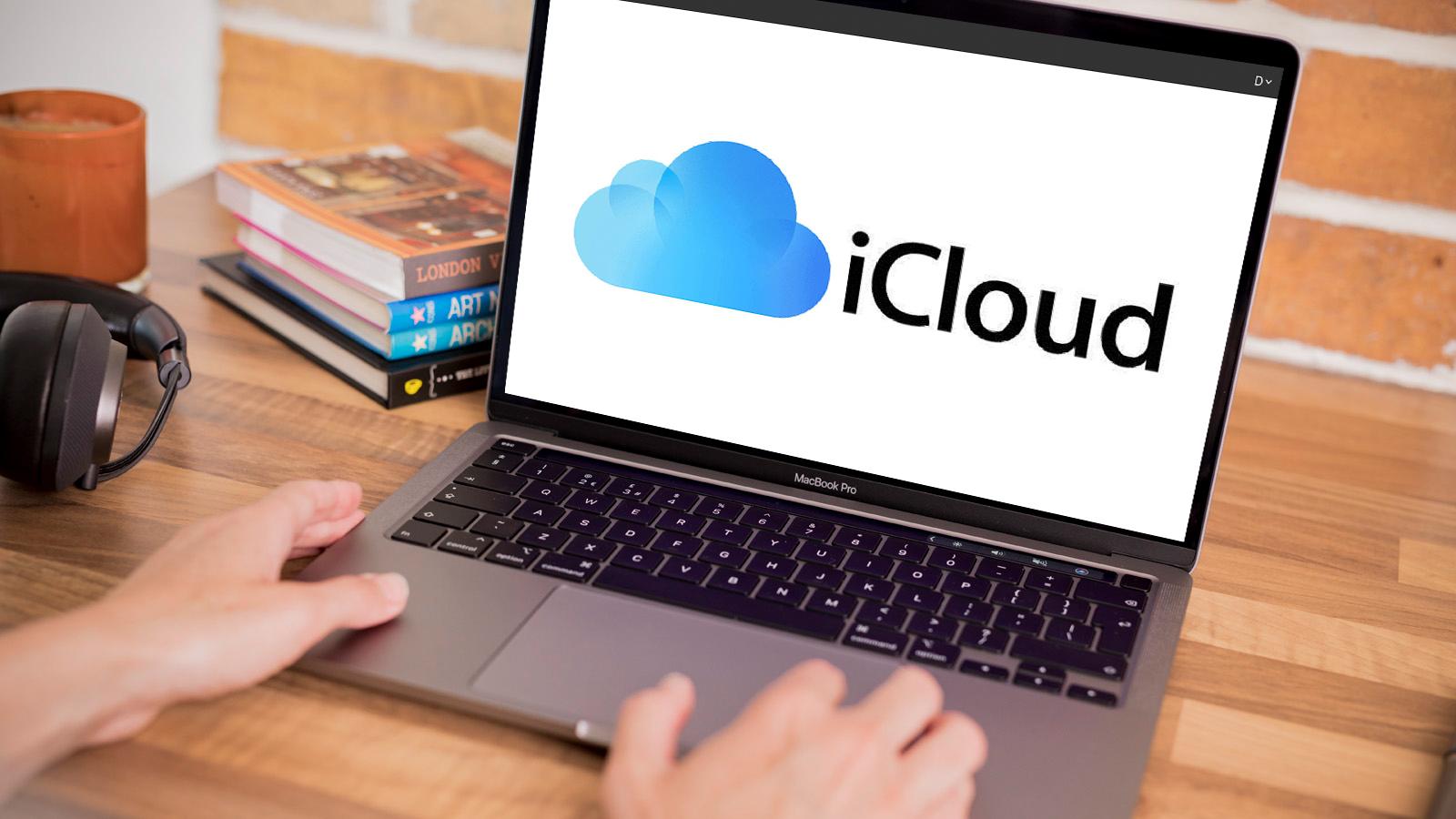
How Do You Remove An iCloud Account From Your Mac?
To remove an iCloud account from your Mac, follow these steps:
1. Open the Apple menu by clicking on the Apple logo located at the top-left corner of your screen.
2. Select “System Preferences” from the drop-down menu.
3. In the System Preferences window, click on the “Apple ID” icon.
4. A new window will appear, showing your Apple ID information and options.
5. In the left sidebar, click on “iCloud”.
6. On the right side, you will see a list of apps and services that are using iCloud. Uncheck the boxes next to the apps and services you want to remove from your Mac.
7. A pop-up confirmation will appear, asking if you want to keep a copy of your iCloud data on your Mac. Choose whether you want to keep a copy or delete it from your Mac.
8. After making your selection, click on the “Sign Out” button located at the bottom-left corner of the window.
9. Another pop-up will appear, asking if you want to keep a copy of your iCloud data on your Mac. Again, choose whether you want to keep a copy or delete it.
10. Enter your Apple ID password when prompted, and click on the “Continue” button.
11. The iCloud account will be removed from your Mac, and you will be signed out.
By following these steps, you can successfully remove an iCloud account from your Mac and sign out of iCloud services.
How Do You Remove An Apple ID From Your Mac Computer?
To remove an Apple ID from your Mac computer, follow these steps:
1. Click on the Apple menu located in the top-left corner of your screen.
2. From the drop-down menu, select “System Preferences.”
3. In the System Preferences window, click on “Users & Groups.”
4. You may need to unlock the settings by clicking on the lock icon in the bottom-left corner and entering your administrator password.
5. In the sidebar on the left, select the user account associated with the Apple ID you want to remove.
6. Click on the “Minus” (-) button below the user account list to delete the account.
7. A pop-up window will appear asking if you want to delete the home folder of the user. You can choose whether to keep or delete the home folder, depending on your preference.
8. Confirm your decision by clicking on the “Delete User” button.
9. If the user account you are deleting is the only administrator account on your Mac, you will be prompted to choose another administrator account to take its place.
10. Once you have completed these steps, the Apple ID associated with the deleted user account will no longer be present on your Mac computer.
Note: Removing an Apple ID from your Mac computer will not delete the Apple ID itself. It will only remove the association of that Apple ID with your Mac.
How Do You Remove iCloud From Your Macbook Before Selling It?
To remove iCloud from your MacBook before selling it, follow these steps:
1. Click on the Apple menu () in the top-left corner of your screen.
2. Select “System Preferences” from the drop-down menu.
3. In the System Preferences window, click on “iCloud.”
4. In the iCloud preferences, click on the “Sign Out” button.
5. A dialog box will appear asking if you want to keep a copy of your iCloud data on this Mac. You can choose to keep a copy if you want, as you will be erasing your Mac later.
6. Enter your Apple ID password when prompted and click on “Continue.”
7. If you have enabled two-factor authentication, you may be asked to enter the verification code.
8. iCloud will start signing out, and you will see a progress bar indicating the process.
9. Once signed out, you will be prompted to choose whether to keep a copy of your iCloud data on your Mac or delete it. If you want to ensure the data is removed completely, select the option to delete the data.
10. Click on “Continue” to finish signing out of iCloud.
By following these steps, you will remove iCloud from your MacBook and ensure that your personal data is no longer associated with the device before selling it.
How Do You Remove iCloud From Your Computer?
To remove iCloud from your Windows computer, follow these steps:
1. Click on the Start menu and select Settings.
2. In the Settings window, click on Apps.
3. In the Apps & features section, locate iCloud and click on it.
4. Click on the Uninstall button.
5. Follow the onscreen instructions to complete the uninstallation process.
If you have also set up iCloud Mail in Outlook, follow these additional steps:
1. In the Apps & features section, locate iCloud Outlook and click on it.
2. Click on the Modify button.
3. Choose the Remove option.
4. Follow the onscreen instructions to complete the removal process.
By following these steps, you will be able to successfully remove iCloud from your Windows computer.
Conclusion
Deauthorizing iCloud on your Mac is a straightforward process that involves a few simple steps. By following these steps, you can ensure that your iCloud account is removed from your Mac and any associated devices.
First, access your System Preferences by clicking on the Apple menu in the top left corner of your screen and selecting “System Preferences.” From there, click on “Users & Groups” in the sidebar.
Next, locate the user or group that you want to delete and click on the Info button next to it. This will open a new window where you can make changes to the account. Click on the “Delete Account” button to proceed.
After deleting the account, it is essential to sign out of iCloud to fully deauthorize it. To do this, go back to the System Preferences window and select “iCloud.” Click on “Sign Out” to log out of your iCloud account.
If you are using an earlier version of macOS, the process is slightly different. Instead of going to System Preferences, click on the Apple menu and select “System Settings.” From there, click on “iCloud” and choose “Sign Out.”
If you have a Windows computer and have iCloud for Windows installed, it is crucial to sign out of iCloud on that device as well. To do this, go to the Start menu, then click on “Settings” and select “Apps.” Locate iCloud in the list of installed apps, click on it, and choose “Uninstall” to remove it from your computer.
If you have also set up iCloud Mail in Outlook, you will need to remove it separately. Find “iCloud Outlook” in the list of installed apps, click on “Modify,” choose “Remove,” and follow the onscreen instructions to complete the removal process.
By following these steps on your Mac and any associated devices, you can effectively deauthorize iCloud and ensure that your data is no longer synced or accessible through iCloud services.

